IMAX has reminded us that 40 years ago, an IMAX camera was used to shoot in outer space, by Sally Ride, who was the first American woman astronaut. Shooting with IMAX cameras is complicated. However, shooting with IMAX cameras in space is even more.
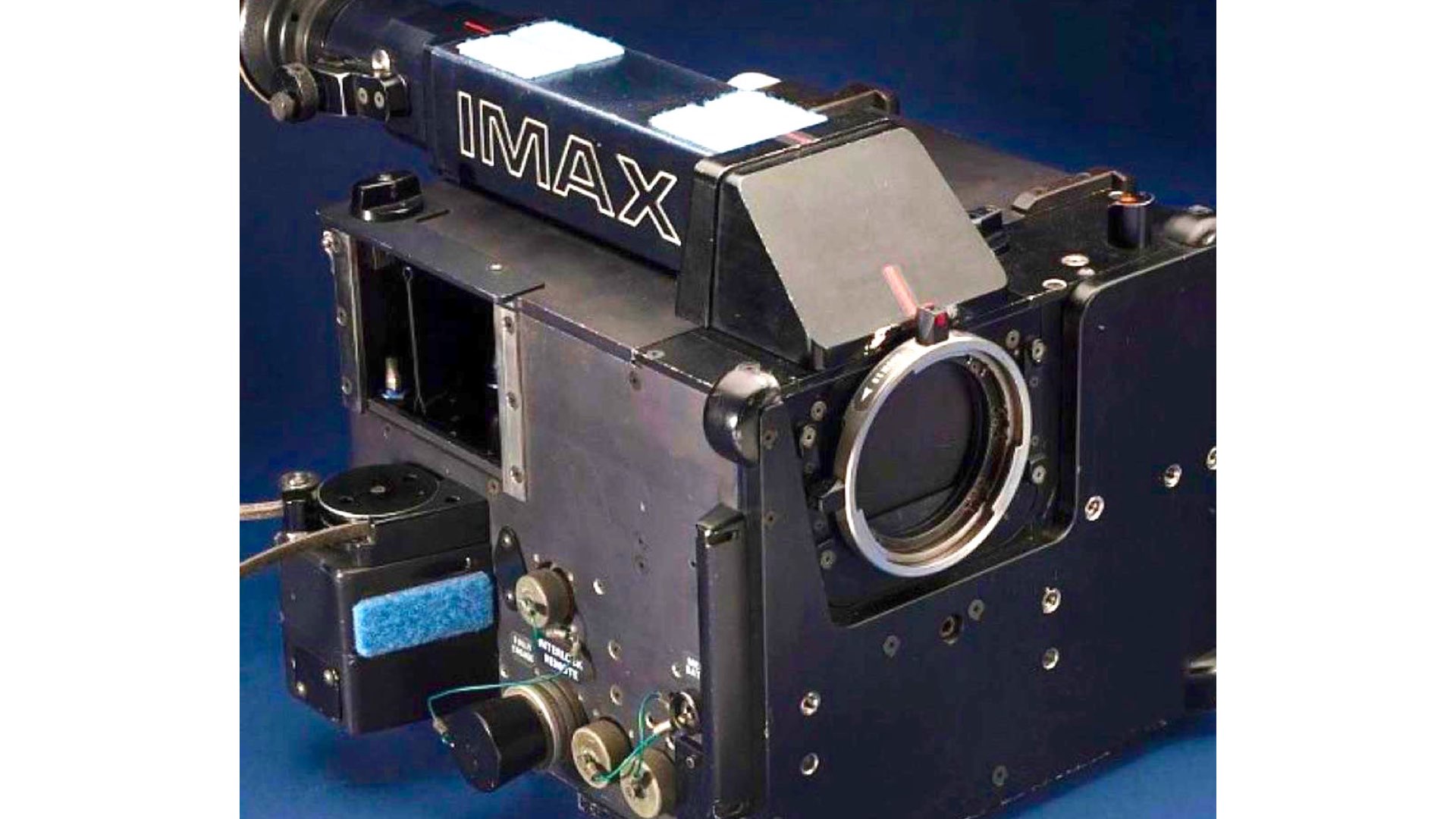
Astronaut Sally Ride, and IMAX
This week marks 40 years since Sally Ride made her mark on history as the first American woman in space. Born on May 26, 1951, in Los Angeles, California, Ride received a Bachelor’s in Physics and English in 1973 from Stanford University and, later, a Master’s in Physics in 1975 and a Doctorate in Physics in 1978, also from Stanford. NASA selected Dr. Ride as an astronaut candidate in January 1978. She completed her training in August 1979 and began her astronaut career as a mission specialist on STS-7, which launched from Kennedy Space Center, Florida on June 18, 1983. The mission spent 147 hours in space before landing on a lakebed runway at Edwards Air Force Base, California on June 24, 1983. On that mission, Ride took with her an IMAX film camera in order to shoot some 70mm of space magic. In the featured image you can see Sally training with an IMAX camera ahead of her historic mission. The camera is presented below:

Furthermore, explore the IMAX IG post below with the footage Sally shot with the IMAX camera which was used in 1985’s The Dream is Alive, and a close-up look at a replica of the camera, stored at IMAX’s offices in Canada. BTW, in 2011 IMAX donated the camera to the Smithsonian National (it’s not currently on display):
Training for shooting with IMAX cameras
From then, IMAX cameras were almost regularly used in space. Astronauts have undergone extensive specific training on how to shoot with IMAX film cameras in space shuttles. Space radiation has a deteriorating effect on film. It can cause the film to fog up, making the footage appear gray and washed out. So if you thought that IMAX filmmaking is challenging, and huge film stock of 15 perforations is hard to reload on Earth, then think again. Reloading a 65mm magazine in zero gravity is much more demanding. For instance, explore the picture below showing Astronaut Michael L. Coats removing the mighty 65mm film from a jammed IMAX camera on STS 41-D in 1984:
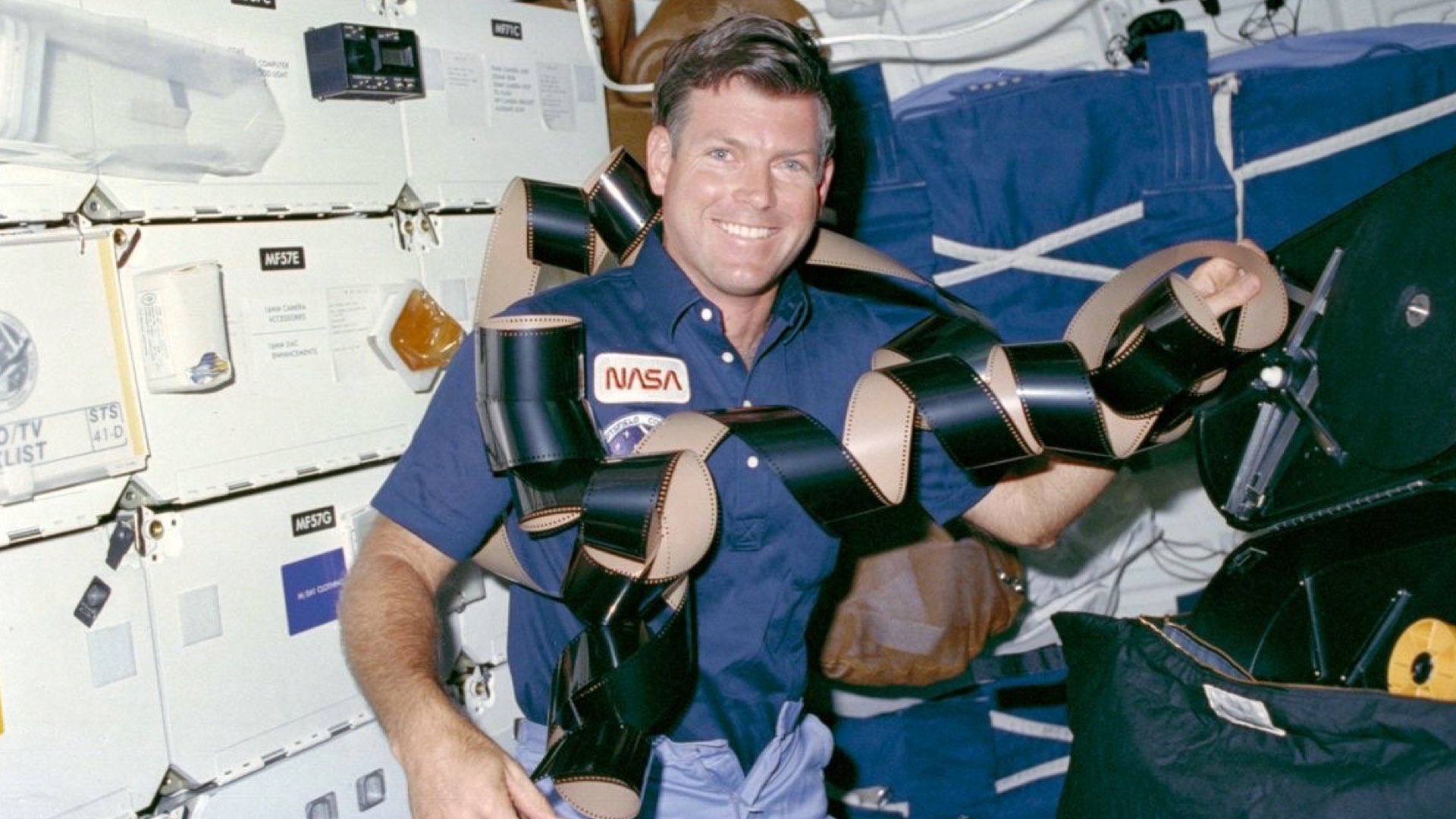
IMAX and space – The perfect match
The IMAX camera was one of several used to document satellite deployments during the STS 41-D mission in 1984. Explore the picture below which shows the IMAX together with other film cameras: Mounted in the cargo bay windows, the cameras are, left to right, the IMAX 70mm motion picture camera, Hasselblad 500 EL/M 70mm still camera, and ARRIFLEX 16 SRII 16mm motion picture camera:
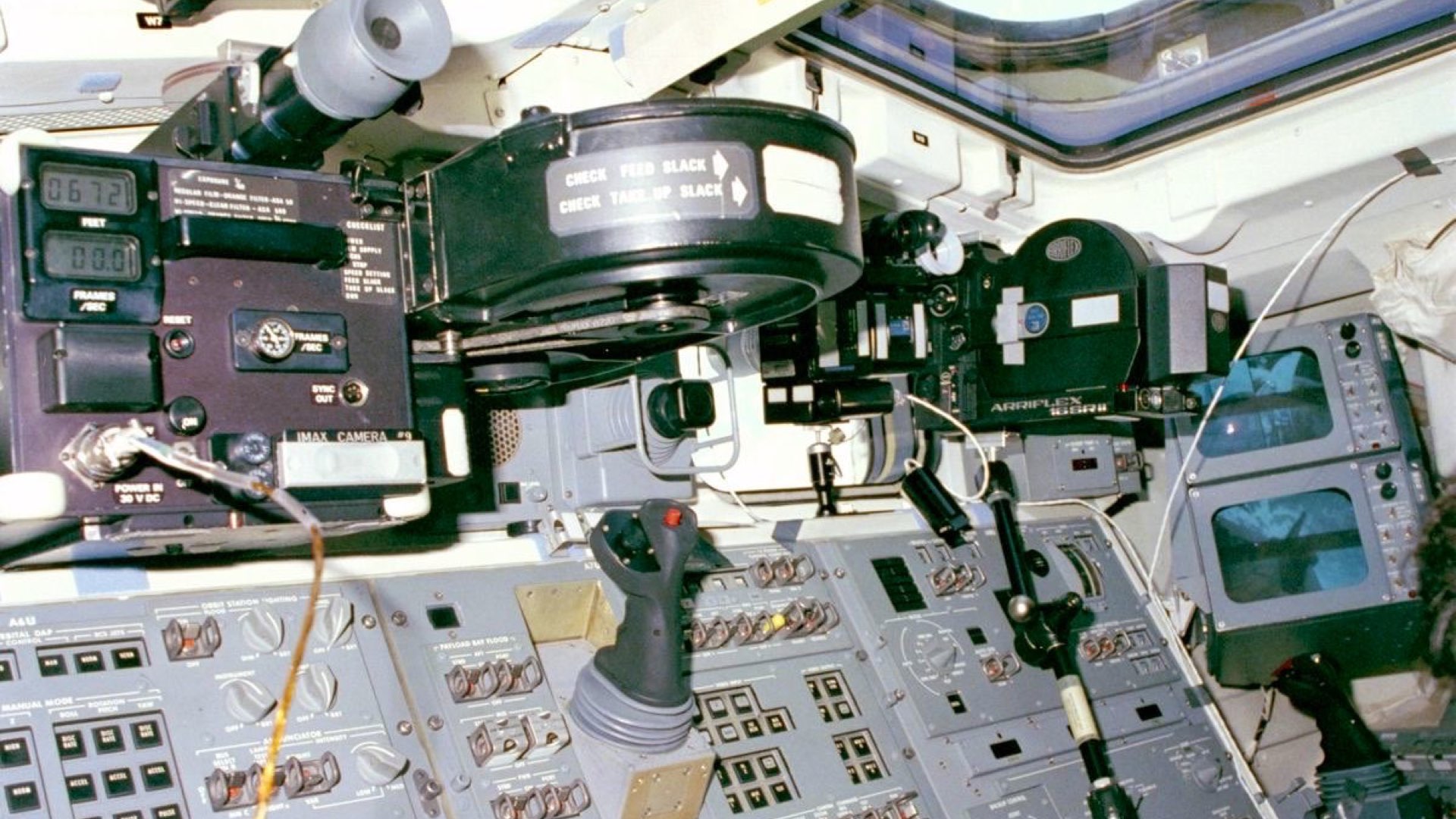
Until 2015, IMAX film cameras have been utilized in space missions, by the Americans and Russians. However, from then (in about 2016 and beyond), 4K digital cinema cameras were preferred, as their operation was dramatically simplified compared to the 65mm beasts. Indeed, facilitating shooting left the IMAX film cameras on earth to shoot great stuff. And for outer space, astronauts have begun to train on Canon C500, EOS 1D, and RED Digital Cinema cameras. But it still was called an IMAX production. For instance, the Canon C500 and EOS 1D are the cameras behind the IMAX production, ‘A Beautiful Planet’. We can say that these cameras were the first IMAX-certified, a way before IMAX announced the ‘Filmed for IMAX’ program.
As a tribute to the mighty 65mm format, we’ve created the Y.M.CINEMA 65 which is a special one-of-a-kind gift for cinephiles — explore it on our website.


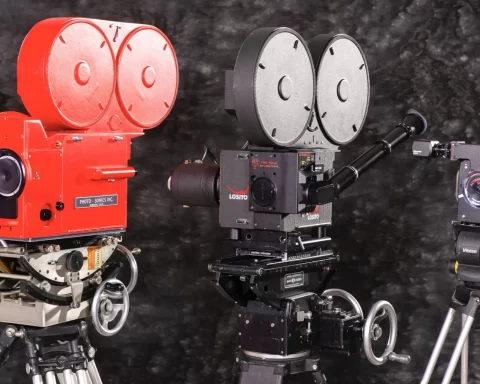
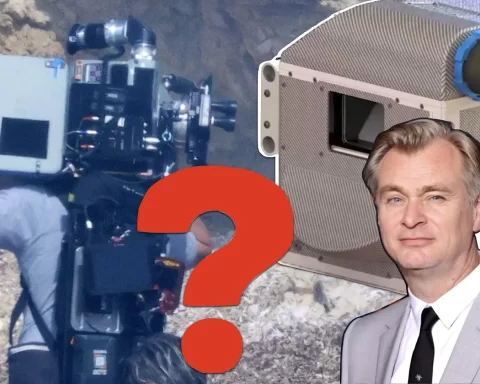

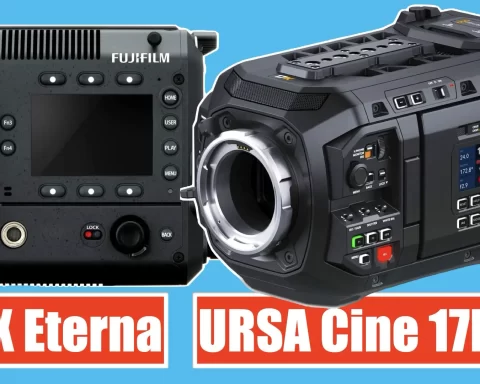
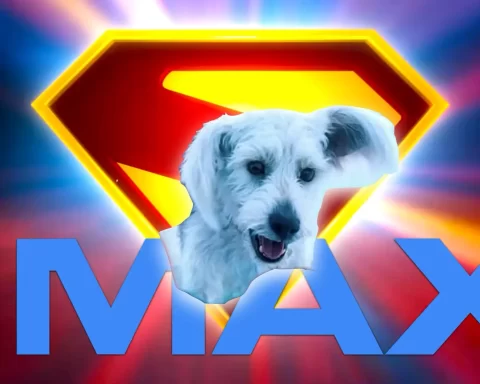
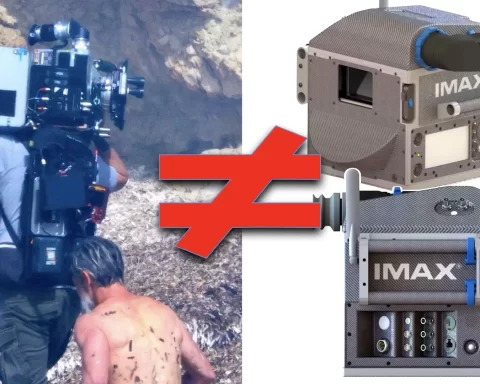

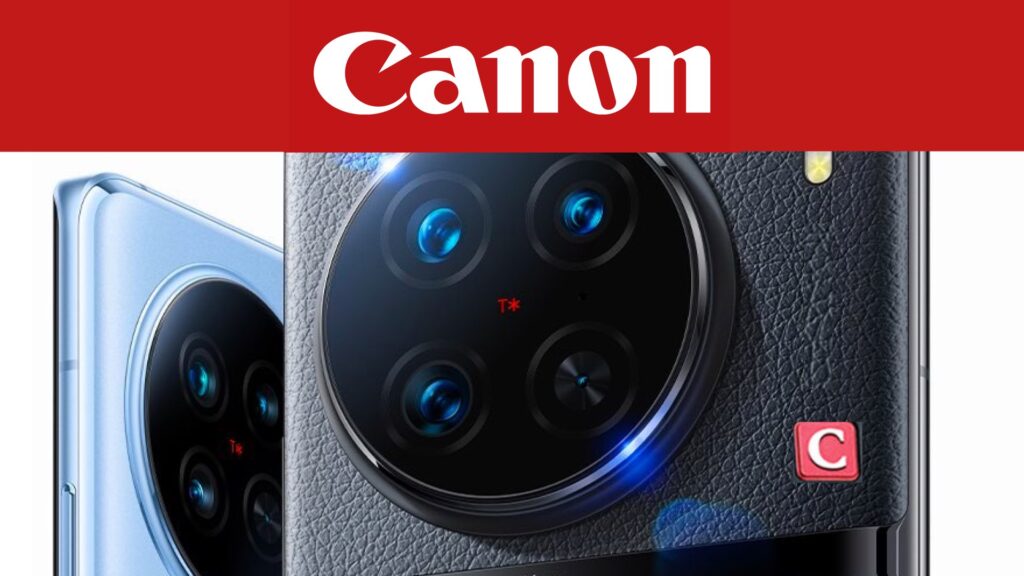







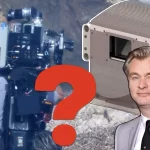
And I can say, after seeing “A beautiful Planet” on Dual Laser 4K GT digital IMAX Projection, i was disappointed. Evevn only a few Scenes where shot on 4K some on 2K.. The 4K Scenes (e.g. inside the space station) where “okey” on the medium sized 1.4 IMAX Screen, but no eye popping effect like in the old days.. It is no comparison to the 1570mm Presentations with their insane Detail, Colors and feel like “you are there” to it